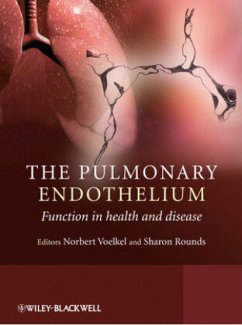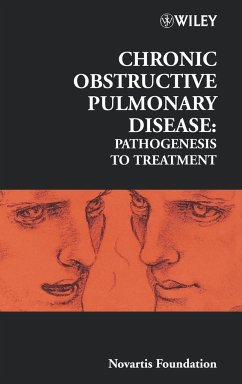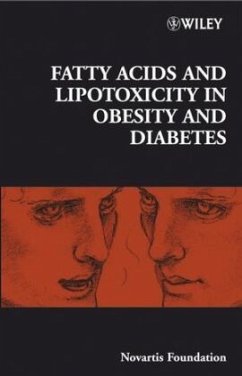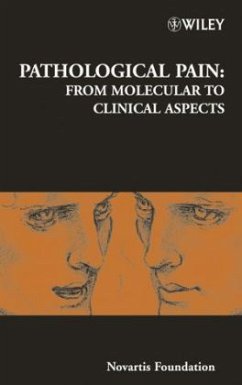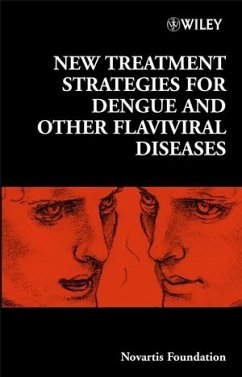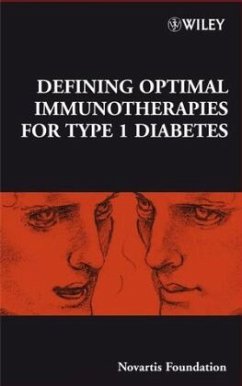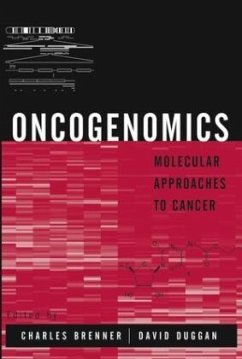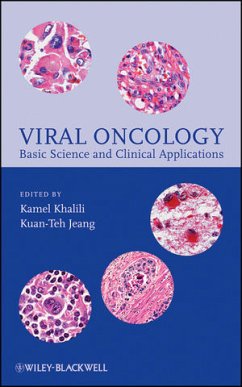
The Pulmonary Epithelium in Health and Disease

PAYBACK Punkte
113 °P sammeln!
"This is essential reading for everyone who would like to update their knowledge of the pulmonary epithelium. It offers a comparison between laboratory animal models and human lungs, highlighting the differences and the similarities between the two, which will be particularly useful to researchers.
The past two decades have seen extraordinary advances in our understanding of the role of the pulmonary epithelium in airway health and disease. Our understanding of epithelial biology has expanded exponentially in the past decade.
This book provides a unique comprehensive description of the structure of the epithelium, its damage by various agents and the mechanism of epithelial repair. In addition, it's detailed coverage includes not only the multiple ways in which the epithelium contributes to host defence, but also the nature and functional consequences of the interactions of inhaled pathogens, including viruses, bacteria, allergens and pollutants. the role of the epithelium in regulating airway inflammation and structure is also discussed, as is the role of the epithelium as a target for inhaled medications and as a route for novel drug delivery.
Containing chapters on multiple aspects of epithelial function in health and disease, each one is written by a leader in the field. This is essential reading for pulmonary researchers and physicians requiring detailed advanced understanding of the epithelium as well as those working in allergy, biomedical and pharmaceutical research.
This book provides a unique comprehensive description of the structure of the epithelium, its damage by various agents and the mechanism of epithelial repair. In addition, it's detailed coverage includes not only the multiple ways in which the epithelium contributes to host defence, but also the nature and functional consequences of the interactions of inhaled pathogens, including viruses, bacteria, allergens and pollutants. the role of the epithelium in regulating airway inflammation and structure is also discussed, as is the role of the epithelium as a target for inhaled medications and as a route for novel drug delivery.
Containing chapters on multiple aspects of epithelial function in health and disease, each one is written by a leader in the field. This is essential reading for pulmonary researchers and physicians requiring detailed advanced understanding of the epithelium as well as those working in allergy, biomedical and pharmaceutical research.



